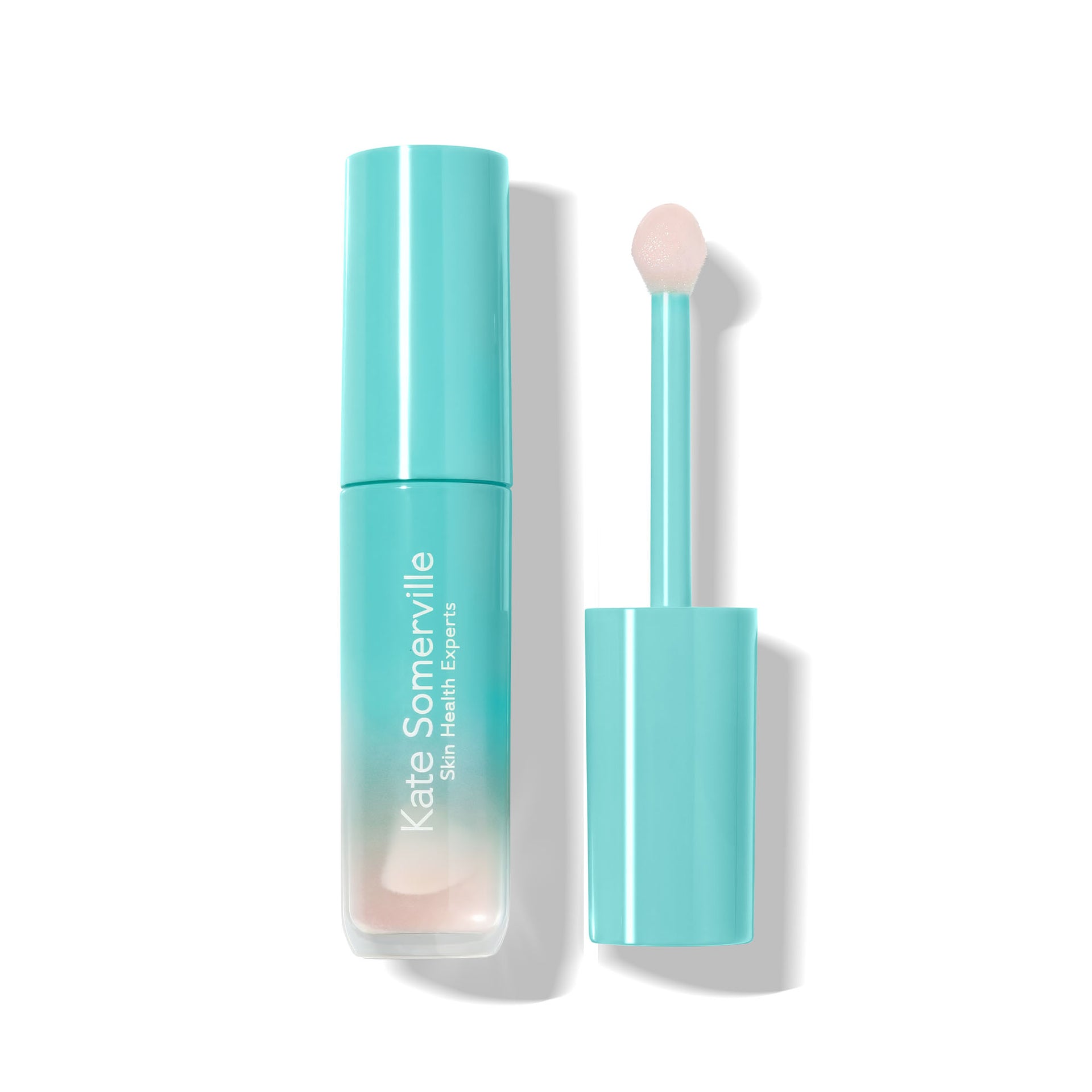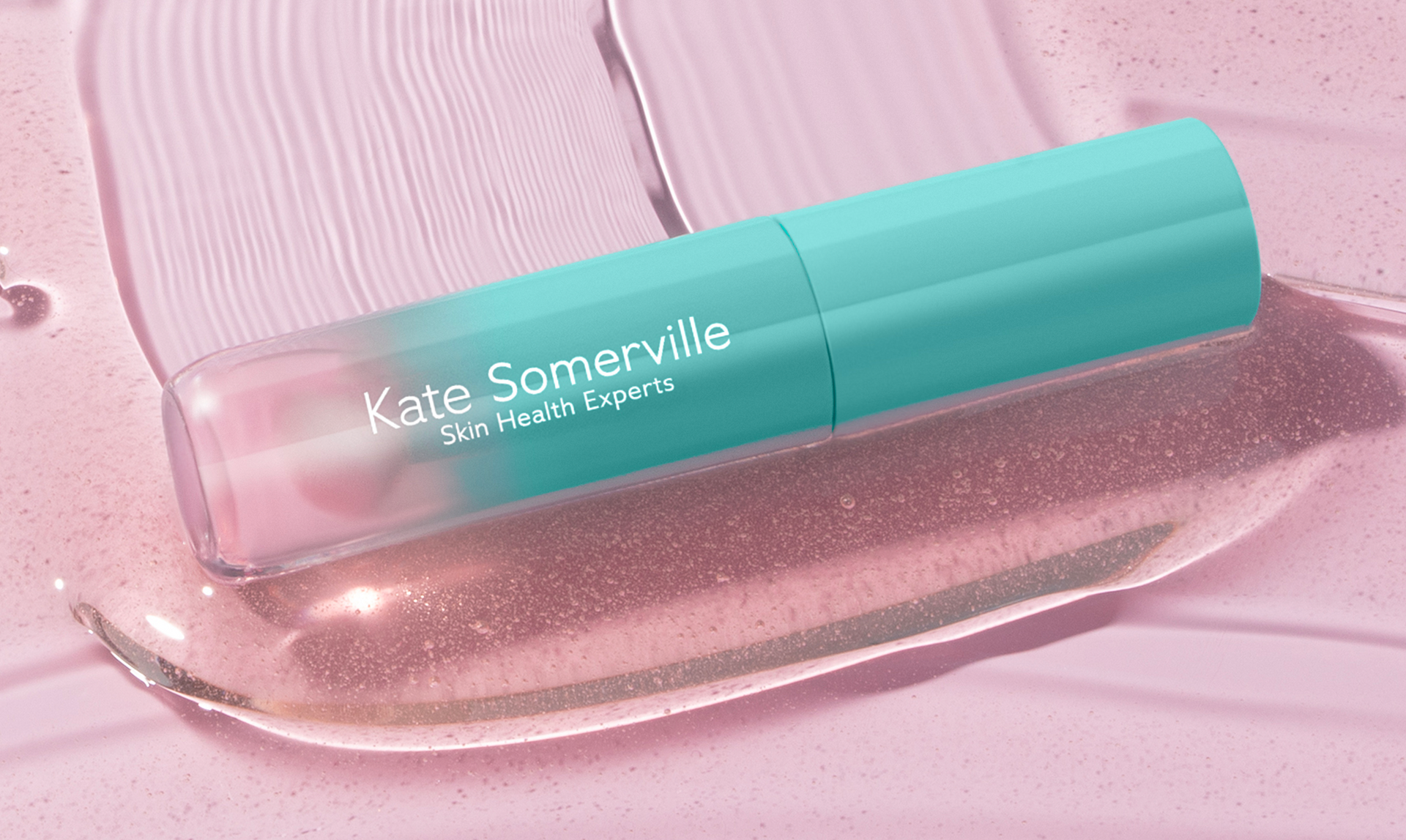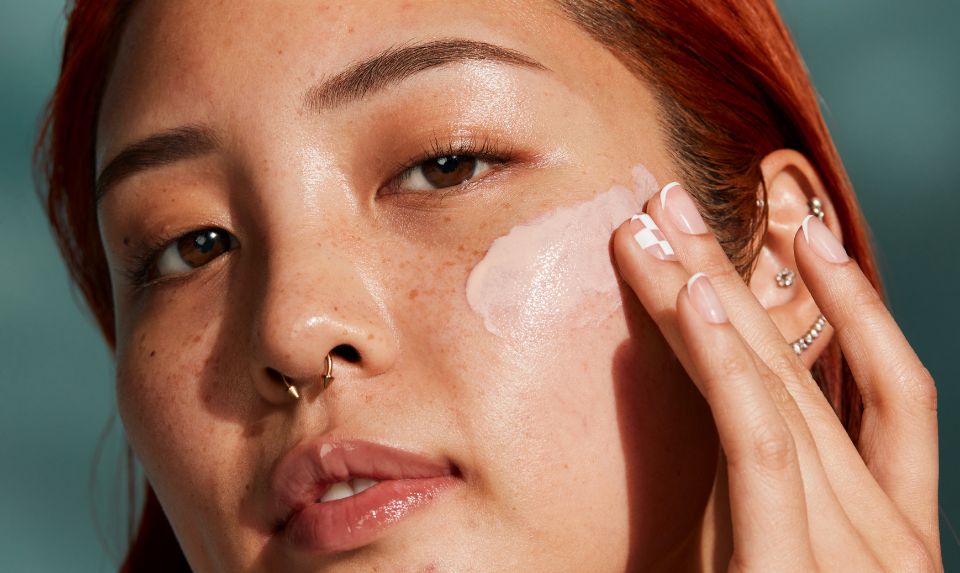Despite all your best attempts to educate yourself on the specifics of premium skin care ingredients, chances are you are not quite sure what you are actually putting on your skin every day. No matter how experienced you may be in the world of skincare, all the new and unfamiliar ingredients can be quite overwhelming for even the most informed consumer. However, building a complete skincare regimen is one of the best and most important ways to care for your skin which is why so many strive to find the best products for our unique challenges and concerns. And through the increasing popularity of skincare education, it is now commonly understood that the order in which you apply products can impact their effectiveness. With this new found knowledge, many people also fail to realize that layering your products can both positively and negatively impact the ingredients found in skincare.
Today's skincare products are more advanced than ever before and can be extremely successful in addressing the particular skin issue which they were designed to correct. Topically mixing these ingredients may increase their effectiveness but, in some cases, doing so could result in irritation or damage including dryness, redness, peeling, and itchiness. But learning a few simple rules can help you to avoid unintentionally creating a harmful ingredient cocktail that would otherwise sabotage all your skincare efforts. While understanding which ingredients work well together can help you amplify the effects of some of your favorite products, it is also wise to stay educated on the ingredients that should be avoided altogether. Consider this your ingredient mixing 101 class.
The Don’ts
Perhaps the most important part of our lesson is developing a deeper understanding of the ingredients that could potentially harm your skin when combined. While these mixtures should be avoided when layering products, you can still utilize both ingredients in your routine. To do so, you will need to alternate the days you apply the two ingredients in order to give your skin time to absorb the first ingredient before applying the second.
Hydroxy Acids and Retinol
Retinol is one of the ingredients in skincare most often used for anti-aging. Part of the retinoid family, it is a manmade derivative of Vitamin A which when applied to your skin is converted into retinoic acid. Through this process, retinol helps to minimize the appearance of fine lines and wrinkles by improving the skin’s ability to retain moisture and exfoliate the skin [1]. It is available in a wide variety of over-the-counter products at varying strengths and potencies.
Alpha hydroxy acids (AHAs) and beta hydroxy acids (BHAs) are organic compounds that act as chemical exfoliants and are both incredibly effective in addressing acne as they slough away dead skin cells [2]. Though very similar, these two types of exfoliants work in different ways. AHAs, such as glycolic acid remove only the top few layers of dead skin cells from the surface of your skin. BHAs like salicylic acid, on the other hand, penetrate deeper into the skin and clean out your pores, helping to clear current breakouts while preventing new ones from surfacing.
As a result of how powerful all of these ingredients are, the effect of using an exfoliating acid on the same day as retinol could be too drying and irritating to your skin. This is, unfortunately, a common mistake as many women over exfoliate their skin, diminishing its natural protective barrier. This is why we recommend only exfoliating a few times each week at most and if you are utilizing retinol, you should be sure to alternate between the two products.
Benzoyl Peroxide and Retinol
Benzoyl peroxide is one of the most effective ingredients for helping to combat bacteria within the pores, a common cause of acne. It works by introducing oxygen into the pores and as bacteria cannot live in an oxygen-rich environment, the population is reduced [3]. This, in turn, reduces the presence of acne on the skin. By the same means, it can also help clear cellular debris from the pores to prevent future breakouts.
However, benzoyl peroxide can have an intense drying effect which may reduce the effectiveness of retinol’s ability to increase the skin’s moisture retention. This is why many professionals have historically advised against mixing these two ingredients. That said, some modern products have created new product formulas which contain both benzoyl peroxide and retinol, claiming that the two can be stable in the presence of each other. Though if you have particularly sensitive skin or are especially concerned about irritation, it is probably best to keep these two ingredients separate.
The Do’s
Now for the fun part of skin cocktailing hacks! Some of the ingredients in skincare products actually work well together and can amplify the effects of one another to bolster your results. Depending on the skin issues you are trying to address, you may be able to create a skincare cocktail that will help you reach your goals.
Ceramides and Niacinamides
When functioning optimally, your skin acts as a natural barrier to the outside world, helping to protect itself from a variety of environmental stressors while retaining moisture [4]. Ceramides are lipids naturally found in your skin and crucial to its health. Should an imbalance in ceramides occur in your skin, this protective barrier will become ineffective, resulting in dryness, itching, and inflammation. Unfortunately, your natural levels of ceramides can be easily decreased when exposed to hot water, soaps, certain chemicals, and other environmental factors. So utilizing products which feature ceramides can help to rebuild this barrier and prevent further damage.
Similarly, niacinamide is a derivative of vitamin B3 and is very effective in addressing skin irritation. In addition to reducing the redness and inflammation associated with certain skin conditions, it also boosts your skin’s ability to retain moisture while increasing ceramide’s effectiveness [5] and reinforcing the skin’s natural protective barrier.
Vitamin C and Vitamin E
Vitamin C can help produce incredible results for the skin. However, the volatile nature of it as a compound makes it difficult to manage as a skincare ingredient so many manufacturers choose to pair it with vitamin E to help stabilize it. Vitamin E is naturally occurring on your skin and has antioxidant properties which help protect against and limit the damage of harmful free radicals [6]. However, your natural levels can become depleted as a result of sun exposure and other environmental irritants. As a combination, these two vitamins pack a healthy punch.
Hyaluronic Acid and Retinol
Hyaluronic acid is a sugar that is naturally found in the body as a major component of the skin’s moisture [7]. Though as we age, these internal levels begin to decline which contributes to a loss of skin tone and volume. Applying it topically can help supplement the surface of your skin by adding additional moisture [8] and improving skin resilience [9] which, ultimately, restores a look of fullness to the skin and reduces the appearance of fine lines and wrinkles. Pairing these effects with retinol’s ability to also increase skin hydration can drastically impact the appearance of aging skin with regular and consistent use.
Retinol and Vitamin C
Vitamin C is an antioxidant which helps protect your skin against harmful free radicals by neutralizing them, decreasing the visible signs of aging on your face [10] such as fine lines, wrinkles, dark spots, and loss of moisture. Although the most notable and popular benefit of vitamin C is its ability to brighten your complexion while diminishing discoloration, it also works to even your skin tone and leaves you with a radiant glow. When combined with retinol, the two refresh dull, tired skin and help you achieve a visibly firmer, brighter and more youthful complexion.
Tips for Choosing New Products
Though these are some of the most common ingredient combinations to avoid or seek out, there are limitless possibilities as new ingredients are introduced to consumers. So it is critical that you carefully select the products you use and pay close attention to the ingredients listed. Introduce only one new product or ingredient to your daily routine at a time and do so slowly, monitoring your skin’s reaction for any undesirable side effects such as redness, itching, or irritation. Adding new steps in this manner will help you identify the cause of any issues and allow you to discontinue use immediately should they occur.
Over-the-counter skin care products can also vary widely in the strength of their ingredients. In fact, some of these products can range from 1% to over 12% depending on the ingredients being used. Fortunately, the U.S. Food and Drug Administration (FDA) requires that certain active ingredients be explicitly listed on the packaging of a product alongside their potency percentage [11]. This is yet another reason to become familiar with the labels on your products! When in doubt, ask your esthetician or dermatologist if you are concerned a product might be too strong for your skin.
Finally, identifying your skin type can help you choose the best products for your individual complexion. In some cases, certain ingredients may be too irritating for your skin even on their own, so you would definitely want to stay away from these ones when trying to create a skincare cocktail.
Sources:
- https://www.ncbi.nlm.nih.gov/pmc/articles/PMC2699641/
- https://www.dermnetnz.org/topics/alpha-hydroxy-acid-facial-treatments/
- https://pubchem.ncbi.nlm.nih.gov/compound/Benzoyl-peroxide
- https://www.ncbi.nlm.nih.gov/pubmed/12553851
- https://www.ncbi.nlm.nih.gov/pubmed/17147561
- https://www.ncbi.nlm.nih.gov/pubmed/7633944
- https://www.ncbi.nlm.nih.gov/pmc/articles/PMC3583886/
- https://www.ncbi.nlm.nih.gov/pmc/articles/PMC3583886/
- https://onlinelibrary.wiley.com/doi/abs/10.1111/j.1524-4725.2008.34176.x
- https://www.ncbi.nlm.nih.gov/pmc/articles/PMC5579659/
- https://www.fda.gov/cosmetics/labeling/regulations/ucm126444.htm























